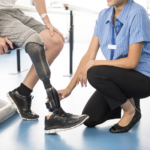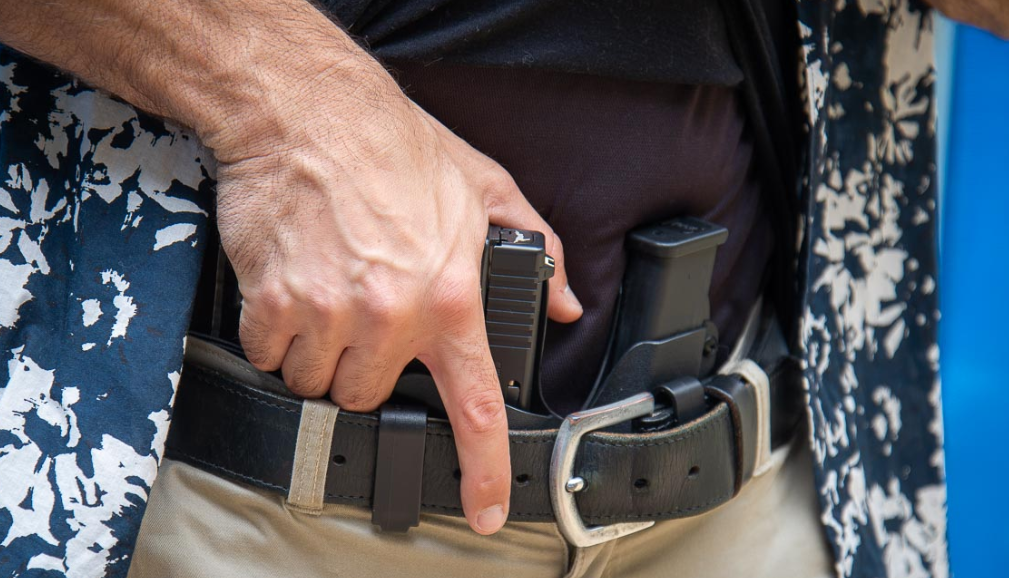Owning a firearm comes with serious responsibilities. Many people choose to carry a gun for personal protection, but carrying a weapon safely and legally requires more than just owning it. This is where concealed carry training becomes essential. By learning proper techniques, laws, and safety measures, gun owners can ensure they protect themselves and others responsibly.
Understanding Concealed Carry Training
Concealed carry training is a program designed to teach individuals how to carry a firearm discreetly while being fully aware of their responsibilities. Unlike basic firearm ownership, this training focuses on real-world scenarios, legal considerations, and safe handling techniques. Whether you are new to firearms or an experienced shooter, concealed carry training helps reinforce good habits and improves confidence in handling a weapon.
Enhancing Safety Skills
One of the main benefits of concealed carry training is improved safety. The training emphasizes how to store, carry, and handle a firearm to prevent accidents. Participants learn proper grip, stance, and drawing techniques, which reduces the risk of unintentional discharge. Moreover, it teaches how to remain calm in stressful situations, which is crucial in emergencies. Understanding safety protocols ensures that you and those around you remain protected.
Learning Legal Responsibilities
Carrying a concealed firearm comes with legal obligations. Concealed carry training provides a thorough understanding of state and local laws, including where you can legally carry your weapon. Participants also learn about self-defense laws and the potential consequences of misuse. This knowledge is vital because even responsible gun owners can face serious legal issues if they are unaware of the law. Training equips you to make informed decisions and act within the law.
Improving Decision-Making in Critical Situations
A firearm is not a solution for every problem. Concealed carry training emphasizes decision-making skills under pressure. Trainees practice recognizing threats, evaluating risks, and determining when the use of a firearm is appropriate. This aspect of training reduces impulsive actions and ensures that gun owners only use their weapon when necessary. The ability to think clearly in high-stress situations can prevent dangerous outcomes and save lives.
Building Confidence and Responsibility
Many gun owners feel nervous about carrying a concealed firearm, especially in public. Concealed carry training builds confidence by providing hands-on practice in a controlled environment. Trainees gain familiarity with their weapon and develop the skills to carry it safely. This confidence translates into responsible behavior, as individuals are more likely to follow safety protocols and legal guidelines when they are well-trained.
Ongoing Training and Practice
Concealed carry training is not a one-time event. Continuous practice and education are crucial for maintaining proficiency. Many training programs encourage regular drills, scenario-based exercises, and refresher courses. Staying updated on laws and safety techniques ensures that gun owners remain responsible and capable over time. Commitment to ongoing learning strengthens both personal safety and community protection.
Conclusion
Being a responsible gun owner requires more than owning a firearm; it demands knowledge, skill, and awareness. Concealed carry training provides essential tools to carry a firearm safely, understand legal responsibilities, and make sound decisions in critical situations. By investing in proper training and practice, gun owners can protect themselves, their loved ones, and the public while fostering confidence and responsibility. Proper training transforms firearm ownership into a safe and informed practice rather than a potential risk.











